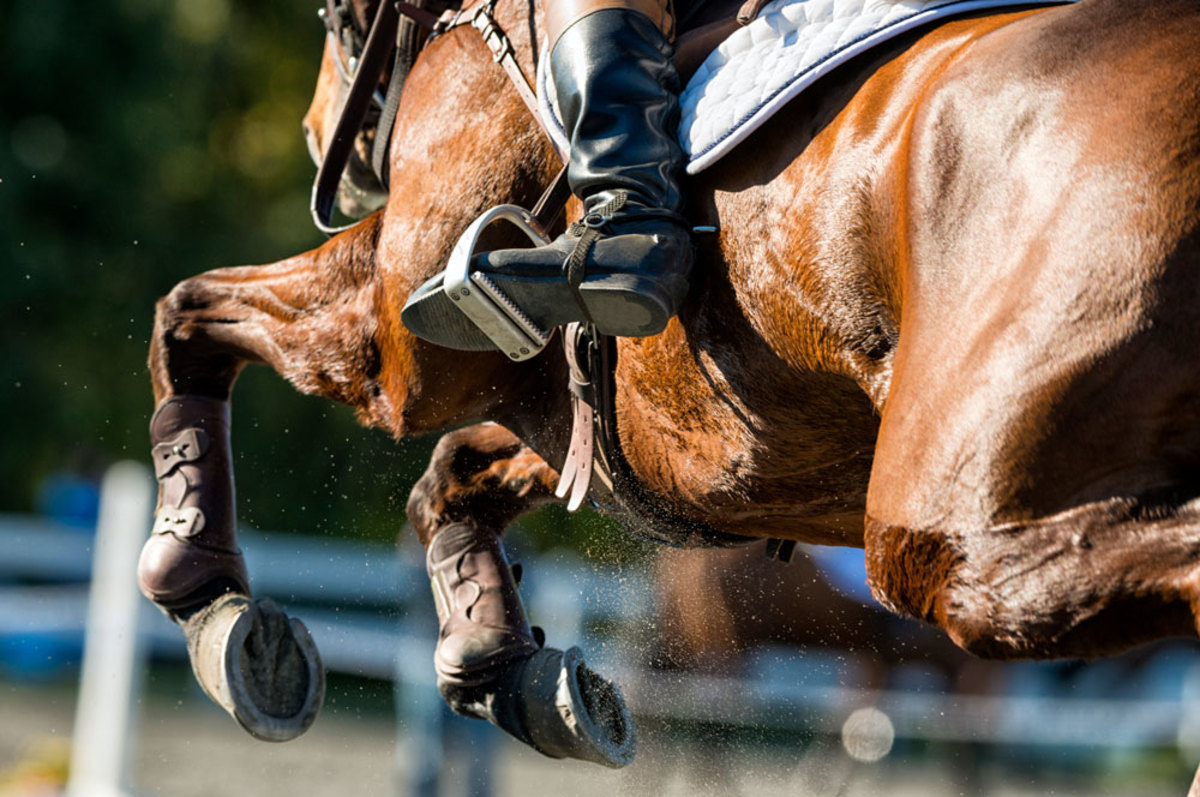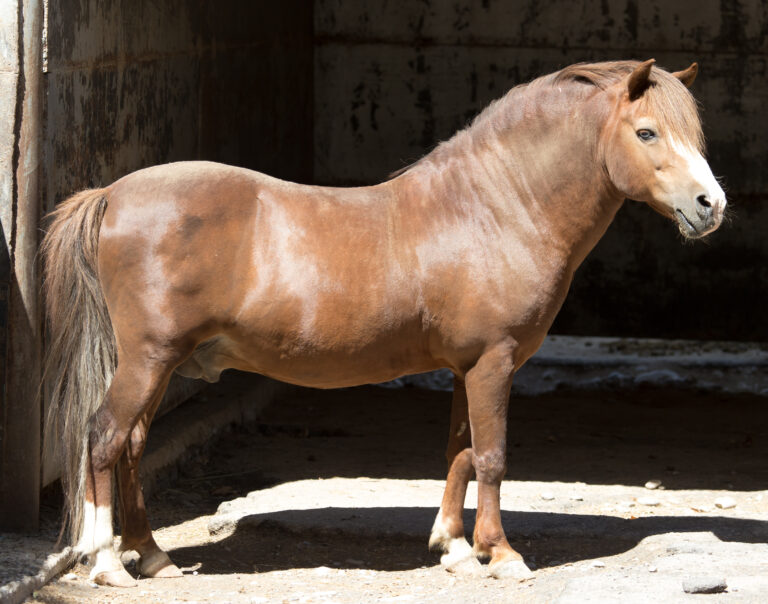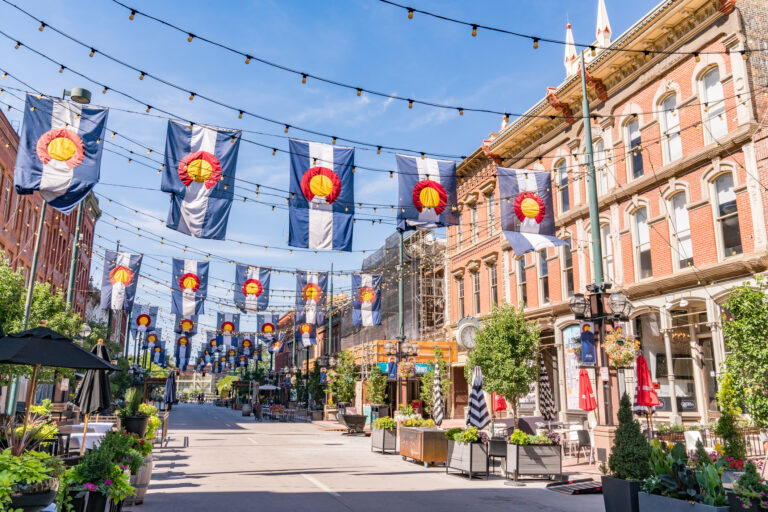
Like traditional arthroscopy, standing needle arthroscopy has proven itself a safe, reliable procedure, but without the risks and cost associated with general anesthesia. As outlined by Alvaro Bonilla, DVM, MSc, DACVS-LA, during the virtual 2020 AAEP Convention and Trade Show, needle arthroscopy has many advantages, but does still have its limitations as most diagnostic procedures do.
“If a patient will tolerate the procedure, veterinarians can use needle arthroscopy for diagnostic purposes. It is only used therapeutically for a small subset of conditions, namely septic joints and small osteochondral fragments. Dorsal fragments of the first phalanx in the fetlock serve as the best examples of therapeutic purposes of standing needle arthroscopy,” said Bonilla, an assistant professor at the University of Montreal, Canada.
While once limited to the stifle, needle arthroscopy can now be used to evaluate a large variety of synovial structures including:
- radiocarpal and middle carpal joints
- carpal sheaths
- tarsocrural joints
- metacarpophangeal joints; and
- scapulohumeral joints.
Regardless of the structure, the actual procedure remains relatively constant. Horses must be adequately restrained without excessive sedation or they will become wobbly. An unstable horse can make the procedure difficult and potentially dangerous due to the potential for iatrogenic damage. The surgical site must be sterile, just like for any other arthroscopic procedure. It is potentially more challenging to create a sterile site because debris can fall from the horse onto the joint or the horse can urinate, contaminating the surgical field. However, with forethought and using blankets and urinary catheterization, those risks can be decreased.
“Further, not all horses will tolerate being restrained or having to wear the necessary custom-made splint specially designed for certain standing arthroscopies,” relayed Bonilla. “Horses need to be tested in the splint and be given some time to become accustomed to the splint the day of or the day before the procedure is scheduled.”
This splint Bonilla refers to is made from stainless steel and aluminum to provide a solid—but lightweight—support. Several segments of the splint are adjustable (e.g., vertical length, hoof piece and base angle, height and thickness of padding blocks) to be able to accommodate limbs of different sizes and to preserve immobility and sterility during the procedure.
Following the procedure, administering intra-articular gentamicin/amikacin is optional, but practitioners should bandage the area for at least 4-5 days. The stab incisions will be “sealed and healed” within 48 hours. Horses that underwent diagnostic, but not therapeutic, needle arthroscopy can resume exercise when the bandages are removed.
In Bonilla’s hands, the procedure has met with great success, but he does suggest the following:
- select your cases carefully, limiting the procedure to horses that will tolerate the splint and that have an incomplete diagnosis;
- the surgeon must be expert with arthroscopy under general anesthesia before trying standing needle arthroscopy. The standing procedure must be performed quickly;
- do not scope both the radiocarpal and middle carpal joints at the same time. The horse will not tolerate being held in the uncomfortable flexed position that long;
- a lateral approach to the carpus and tarsus is easiest, and most joint structures can be visualized. However, a medial approach might be required for specific pathologies; and
- scopes can only be used 4-8 times before they need replacing.
Bonilla concluded, “To me, this technique is an additional diagnostic technique that can be used when traditional diagnostics such as radiology and ultrasound have not reached a definitive diagnosis. Diagnostic needle arthroscopy bypasses the current need for general anesthesia for traditional diagnostic arthroscopy and some advanced imaging techniques such as MRI and CT.”
If you registered for the virtual 2020 AAEP Convention, you can view presentations on demand until June 30, 2021. This presentation was titled “How to Perform Standing Needle Arthroscopy Beyond the Stifle.”

![[Aggregator] Downloaded image for imported item #18375](https://s3.amazonaws.com/wp-s3-equimanagement.com/wp-content/uploads/2025/09/30140031/EDCC-Unbranded-26-scaled-1-768x512.jpeg)
![[Aggregator] Downloaded image for imported item #18711](https://s3.amazonaws.com/wp-s3-equimanagement.com/wp-content/uploads/2025/10/20105749/EDCC-Unbranded-14-scaled-1-768x512.jpeg)

